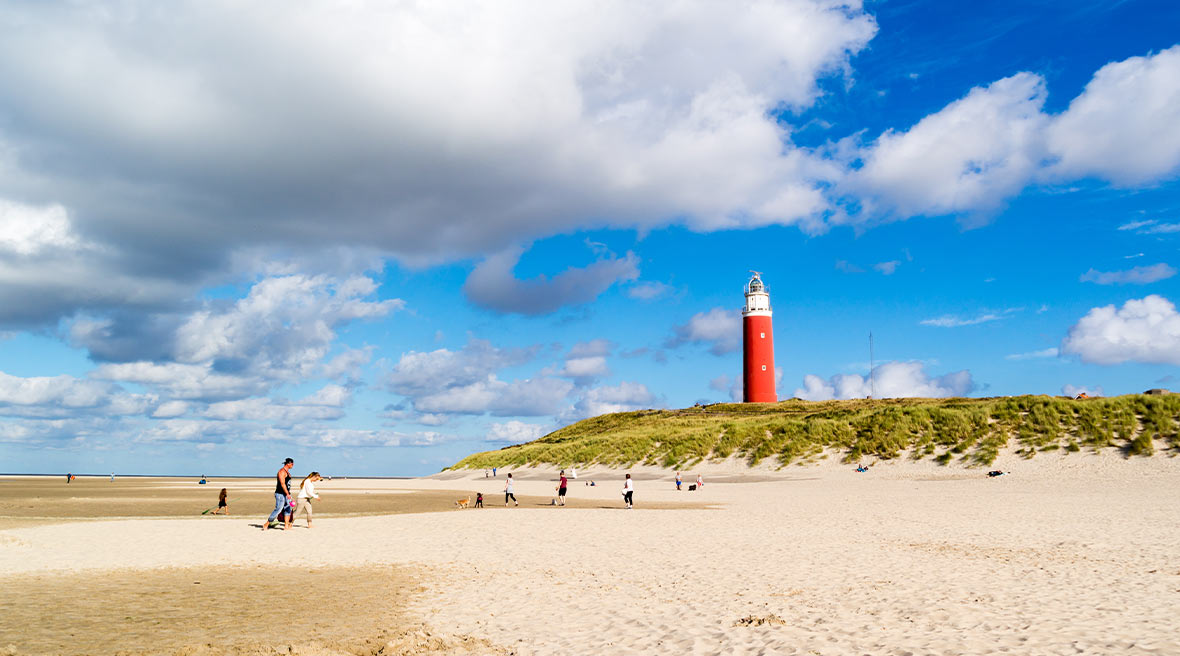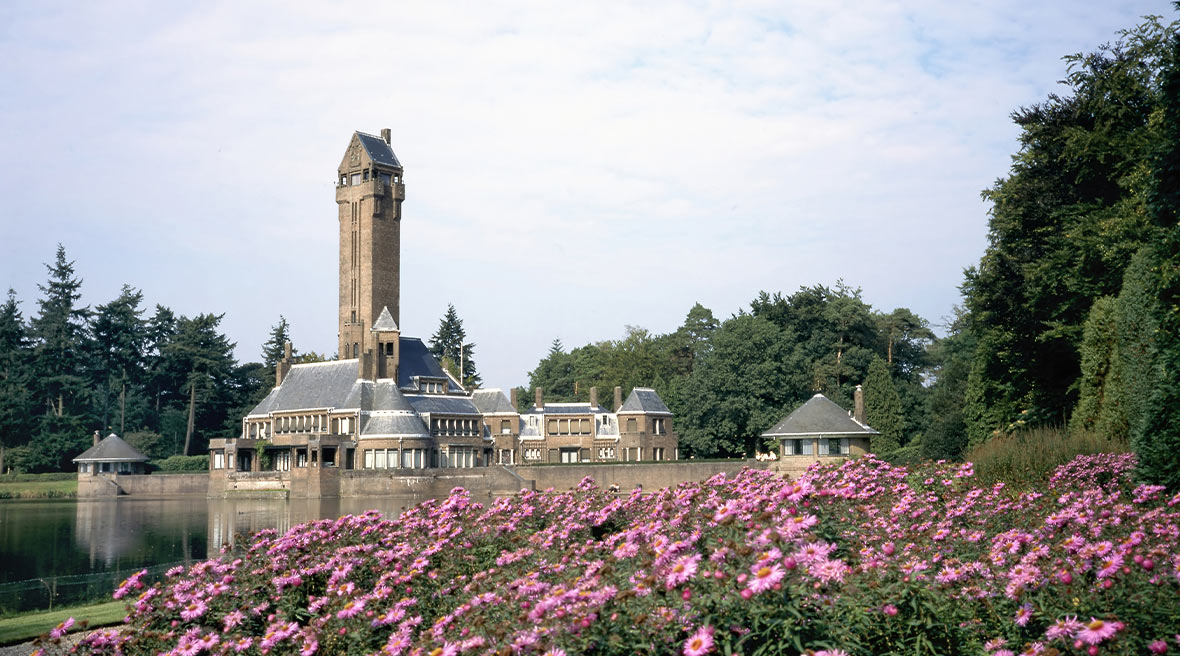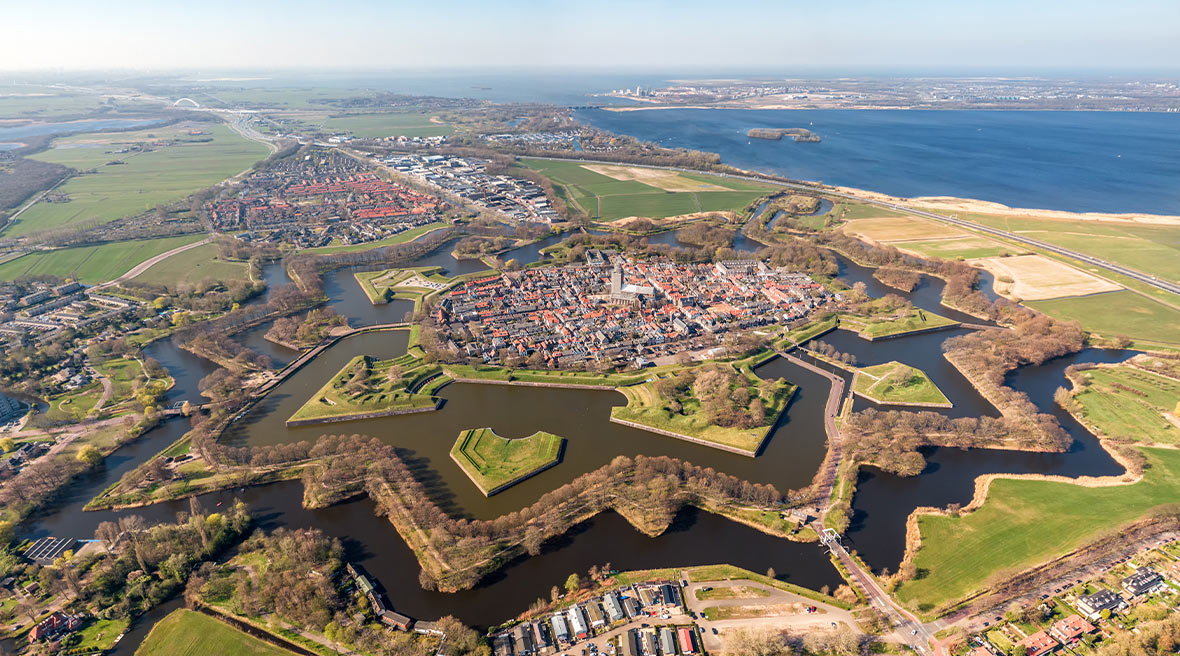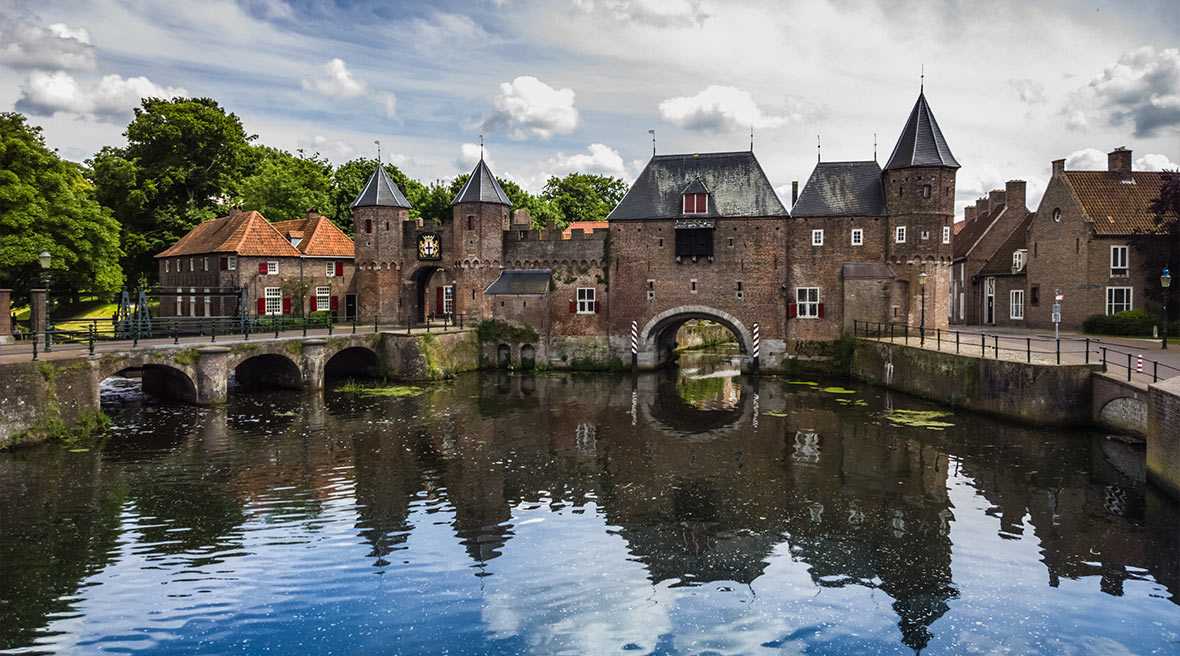The Netherlands is a wonderfully exciting place to visit and relatively ‘untapped’. Many of the places we will show you are not your typical tourist trap, allowing you some extra peace and quiet on your next holiday.
The Dutch countryside is filled with great places to stay as a family or group, from popular Eurocamp sites and vibrant tulip fields, to these more off-the-beaten-track locations.
The Frisian Islands (Waddenzee)
The Frisian Islands, also known as the Wadden Sea Islands, form an archipelago at the eastern edge of the North Sea, stretching from the northwest of the Netherlands through Germany, to the west of Denmark.
Because of their unique location, these islands are a UNESCO World Heritage site and a hot spot for wadlopen (mudflat walking) with professional guides. Here you’ll find beaches and dunes as well as forest and heathland to explore. Plus, The Frisian Islands are home to food and drink you won’t find anywhere else such as algae cheese from Vlieland and cranberries from Terschelling.

Explore Texel to find the island’s bright red lighthouse (and the island’s widest beach)
Texel
Perfect for beach lovers (there’s over 30 km of coast here), the island of Texel is a paradise formed of seven villages, each as lovely as the last. As well as unique nature reserves such as De Slufter park and the villages to visit, many head for the bright red lighthouse to the north of Texel, on one of the widest beaches on the island. Climb to the top of this 150-year-old building for an incredible view over Texel and the neighbouring island of Vlieland. Beer from Texel island is popular in the Netherlands and you’re sure to have earned a pint or two post-climb!
Ameland
Often referred to as the ‘Wadden Diamond’, here you will uncover fantastic flora and fauna, as well as the rich history of whaling and merchant shipping on Ameland. Another wonderful coastline is available for relaxing, swimming, or booking a boat tour to go seal spotting and there’s another worthwhile climb at the island’s 56-meter lighthouse. A unique attraction on the island is its Horseback Rescue Team, who put on monthly demonstrations on the beach.
Schiermonnikoog
Schiermonnikoog is the smallest of the Wadden Islands that people still live on, measuring just 16 km by 4 km. The only village on the island is also called Schiermonnikoog, filled with lovingly restored houses, some of which date back to the early 18th century. Because of the diversity of its landscapes and the fact that there are around 300 of species of bird found here alone, Schiermonnikoog was made a national park in 1989. For those who love rare flowers, see if you can spot the nine wild orchid species on the island. Another claim to fame and place to stop by is the oldest house in the North Sea islands, the Huis Marten, which dates back to 1721.

The castle-like Jachthuis Sint Hubertus has to be seen to be believed
De Hoge Veluwe National Park
This natural paradise is home to some rare flora and fauna, including the fritillary flower and red deer, but many visitors also come to learn more about the history of the park’s founders, Anton and Helene Kröller-Müller. They joined their passions for hunting and art to form the space, starting the now government owned Kröller-Müller Museum, filled with beautiful art.
You can visit the couple’s home Jachthuis Sint Hubertus, a rather imposing but beautiful piece of Dutch architecture, then meander through the trees and flowers to the ultra-modern looking museum. Hire one of the park’s famous white bicycles to make the most of the 40 km designated paths through every landscape the park has to offer.
Giethoorn
Giethoorn, located in National Park Weerribben-Wieden, is about as idyllic as Dutch villages come. Countless thatched farmhouses and cottages sit atop peat islands, connected by over 170 small wooden bridges. Giethoorn is an adventure to get around as most access is still only possible by bridge or using traditional Giethoorn boats, called punters. You can book a 1 or 2-hour boat tour, gliding past 18th and 19th-century farmhouses and under the bridges. As it is an almost car-free location, you can find parking around the village centre, continuing on foot, by bike or by boat into town.

Naarden is a stunning example of a medieval star-shaped fortress
Naarden and Zutphen
These two towns are an absolute must if you love history and architecture. They are around an hour and a half’s-drive from one another, but we recommend spending at least a day in each.
Naarden
Only 30 minutes-drive from Amsterdam, Naarden is a beautiful town in the Gooi region. Once one of the most important defences of the New Dutch Waterline, it has been excellently preserved and is shaped like a Spanish star fort, complete with moat. Visit the Fortress Museum to explore underground casemates and learn more about the town. Naarden is filled with historical buildings and monuments, such as the St. Vitus Church, a large gothic basilica from the 14th and 15th centuries.
Zutphen
Zutphen, founded during Roman times, has been inhabited for about 1,700 years, making it one of Holland’s oldest towns. There are over 450 national monuments here, as well as plenty of quirky shops and cafes along the banks of the rivers Berkel and Ijssel, which both flow here. For an extra treat, visit the village of Warnsveld to the east of Zutphen, complete with castles and lush forest.
Austerlitz, De Pyramide
Although it seems bizarre to think of a pyramid outside of Egypt, The Pyramid of Austerlitz is an imposing 36-metre-high pyramid of earth and the only pyramid you’ll find in Europe to boot. Built in 1804 by 18,000 of Napoleon's soldiers (in just one month!), it sits on one of the highest points of the Utrecht ridge, in the municipality of Woudenberg, a village that’s also worth stopping for. Sitting at the top of the pyramid is a stone obelisk from 1894. The village itself has surrounding forest to explore by bike or on foot.

Step back in time in Amersfoort